From the video clip above you can see that plants are beautiful, extremely complex and diverse organisms. Isn’t it?
There are thousands of different species of plants on earth. Some are aquatic while others are terrestrial. They all play important roles in the survival of most living organisms on earth. For example; plants are primary producers - serving as a food source for both humans and animals; provide shelter to terrestrial animals; provide raw materials for the various industries and help in reducing the impact of pollution and global warming in the environment.
What are plants?
When you search the word PLANT on Goodle, you will see definition like this;
Plant is
“a living organism of the kind exemplified by trees, shrubs, herbs, grasses, ferns, and mosses, typically growing in a permanent site, absorbing water and inorganic substances through its roots, and synthesizing nutrients in its leaves by photosynthesis using the green pigment chlorophyll.”
While Biolologyonline, defined plant as
“Any of the eukaryotic organisms of the biological kingdom Plantae, characterized by being photosynthetic and having a rigid cell wall.”
From both definitions, two things stand out. Plants are living organisms and photosynthetic.
Since plants are living organisms, they require food to survive, and the primary means of getting the required food is through a process called photosynthesis.
During photosynthesis, plants use tiny green pigments in their leaves called chlorophyll to trap energy contained in sunlight. Thereafter, they combine this sunlight energy with carbon dioxide and water to make their own food.
Due to the presence of chlorophyll, most plants are green. However, these green plants can be classified into various groups based on their unique characteristics such as mode of feeding, morphology, uses, etc.
One of the most common methods of classifying plants is based on their ability to produce seeds. Base on this attribute/characteristic, plants can be classified into two basic groups. And that is:
• Non-seed plant
• Seed plants
NON-SEED PLANT
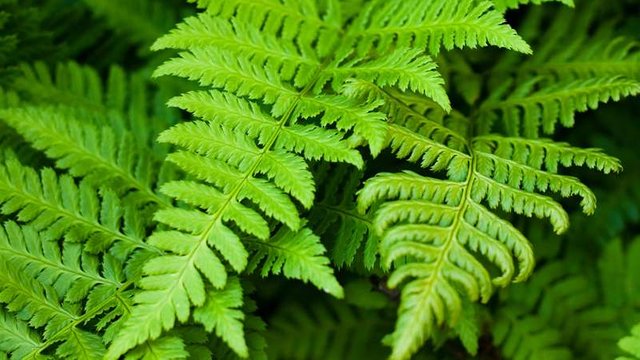
Image Source
Non-seed plants are those plants that do not produce seeds. This type of plant usually reproduces asexually. Some examples of this type of plant are
That is it about non-seed plant.
SEED PLANTS

Image Source
Seed plants are those types of plant that produce seeds. They can reproduce both sexually and asexually.
Seed plants can be further divided into two separate groups. They are:
NON-FLOWERING PLANTS
Non-flowering plants are those plants that do not produce flowers. Scientifically, they are known as gymnosperms. Gymnosperm means ‘naked seed’. This means that they produce naked seeds or seeds that are not enclosed within an ovary or fruits. Non-flowering plants or gymnosperms are usually tall trees and are found in dry places. Some examples of non-flowering plants are
That will be all about non-flowering plants
MONOCOTYLEDONOUS PLANT
Monocotyledonous plants are a group of plants that possess just a single embryonic or seed leaf called cotyledon in their seed. In short form, these types of plants is called monocotyledons or monocots. During germination, monocotyledonous plants emerge from the soil with a single leaf. Some examples of monocots are
That’s all for monocots
DICOTYLEDONOUS PLANT
These are a group of plants that have two embryonic or seed leaf in their seed. Dicotyledonous plants are often referred to as dicotyledons or dicots. Unlike monocots, dicotyledonous crops emerge from the soil during germination with a set of leaves.
Some examples of dicots are
That’s all for dicots
Now let us itemize some notable differences between monocots and dicots.
DIFFERENCES BETWEEN MONOCOTS AND DICOTS
Here are some specific differences between monocotyledonous and dicotyledonous plants.
| MONOCOTYLEDONOUS PLANT | DICOTYLEDONOUS PLANT |
|---|
| Embryos contain single leaf | Embryos contain two leaves |
| They have parallel leaf veins | They have branched and reticulated leaf veins. |
| They do not have secondary growth. | They usually have secondary growth. |
| They possess adventitious and fibrous roots. | They possess taproots. |
| Their petals are trimerous. This means that their petals are arranged in multiples of three. | Their petals are tetramerous or pentamerous. This means that their petals are arranged in multiples of four or five. |
There you have it. That’s the little I have to write about plants. I hope you all like it? See you all next time and stay safe.
 Image Source
Image Source
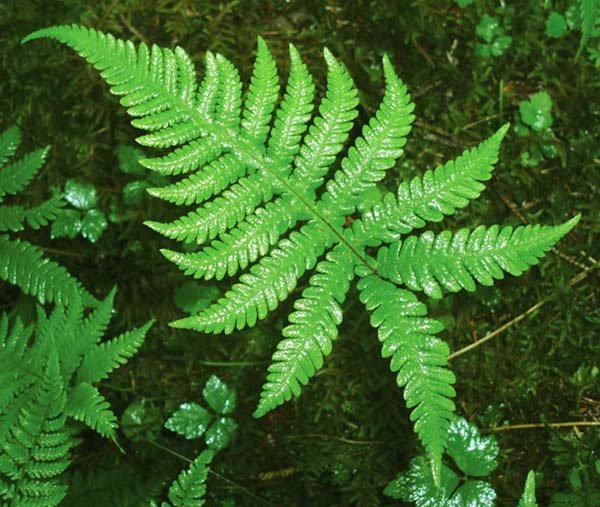 Image Source
Image Source
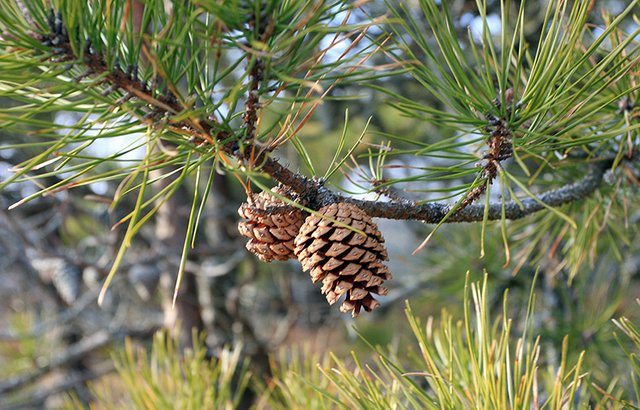 Image Source
Image Source
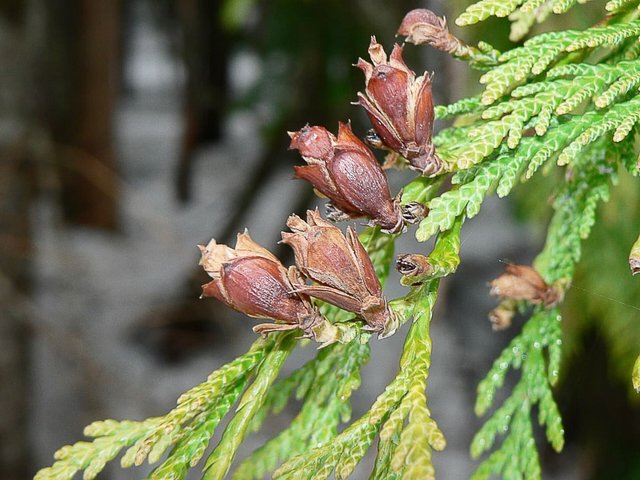 Image Source
Image Source
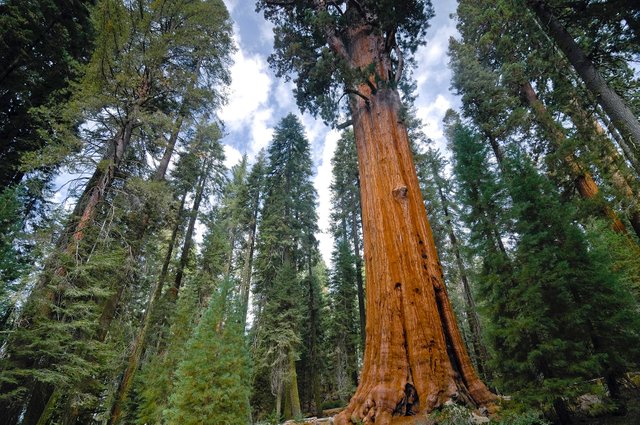 Image Source
Image Source
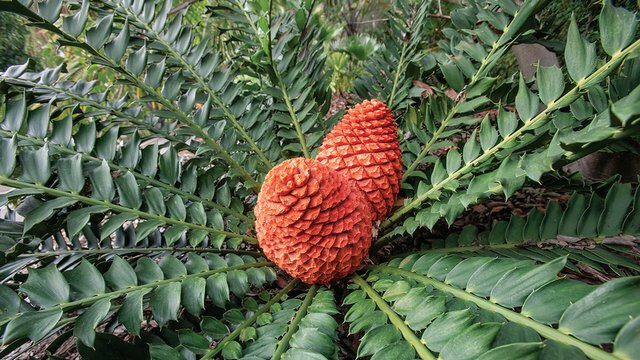 Image Source
Image Source
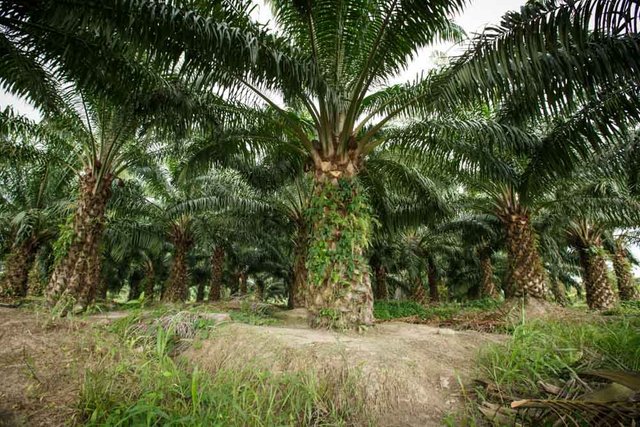 Image Source
Image Source
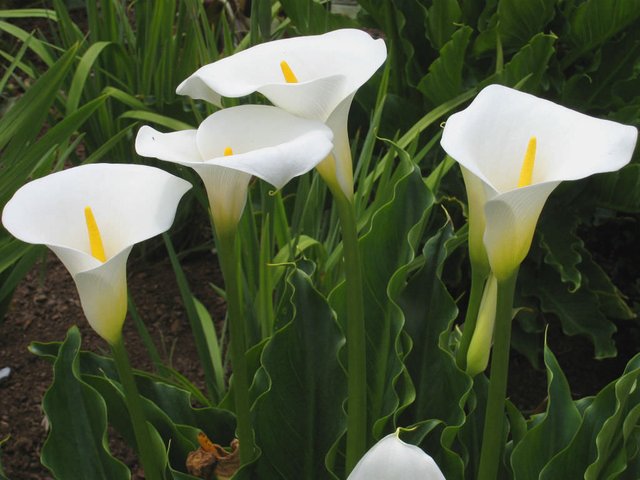 Image Source
Image Source
 Image Source
Image Source
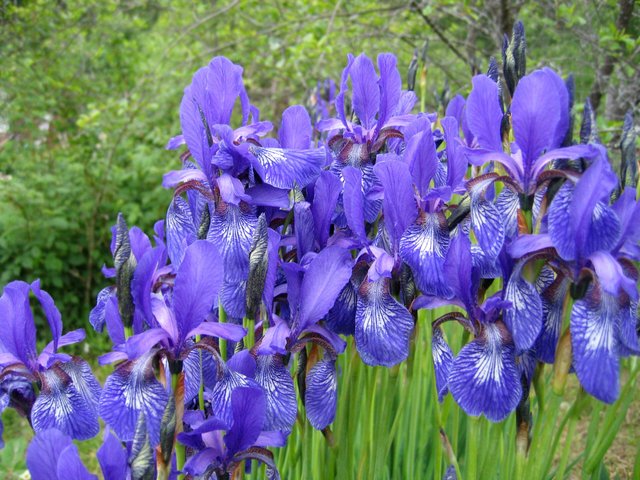 Image Source
Image Source
 Image Source
Image Source
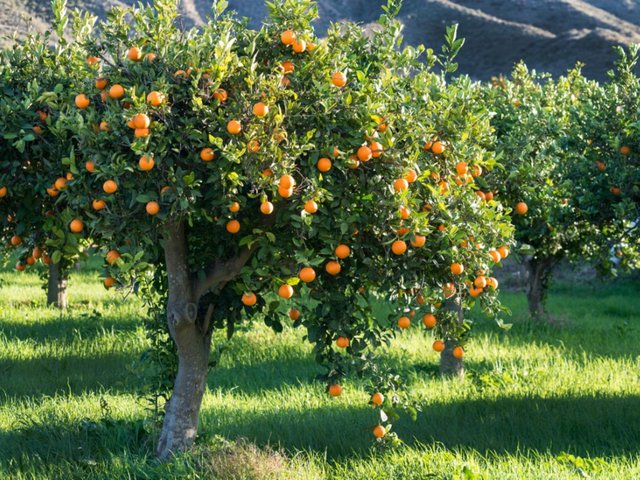 Image Source
Image Source
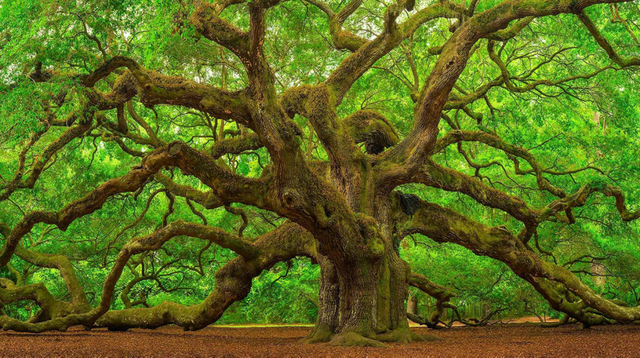 Image Source
Image Source
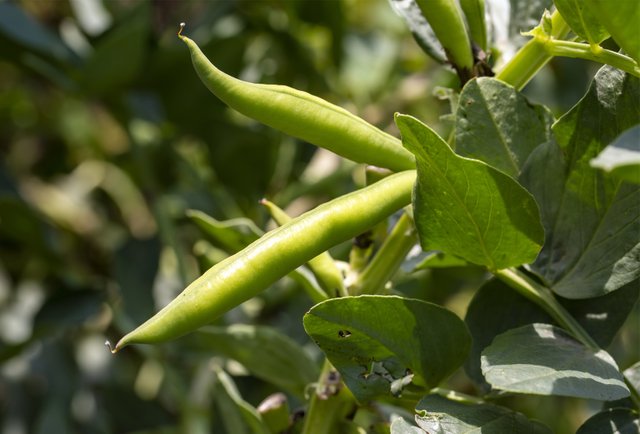 Image Source
Image Source


Hi i am Sumit one of the team member of Steem Greeter.
I am happy to announce that i have successfully verified your achievement 4 post. Now you are eligible for performing your achievement 5 which is about Understanding the Steem tools. You can refer this post for your next task.
Note:
Rate:2
Downvoting a post can decrease pending rewards and make it less visible. Common reasons:
Submit
You have been verified for this task and you may proceed to the next achievement task at your convenience.
Note:
Curators Rate: 3
Please continue to read and prepare from @cryptokannon Achievement tasks resources
Downvoting a post can decrease pending rewards and make it less visible. Common reasons:
Submit
Hello @sarkodieeric1.
I posted my achievement 06 two days ago and it hasn't been verified.
Please take a look at it.
Downvoting a post can decrease pending rewards and make it less visible. Common reasons:
Submit
Hi, @jaysensordum,
Your post has been supported by @svm038 from the Steem Greeter Team.
Downvoting a post can decrease pending rewards and make it less visible. Common reasons:
Submit